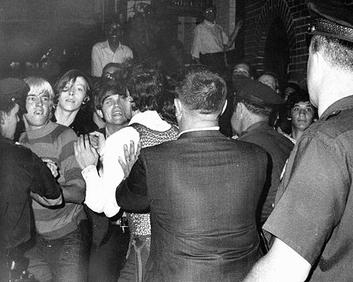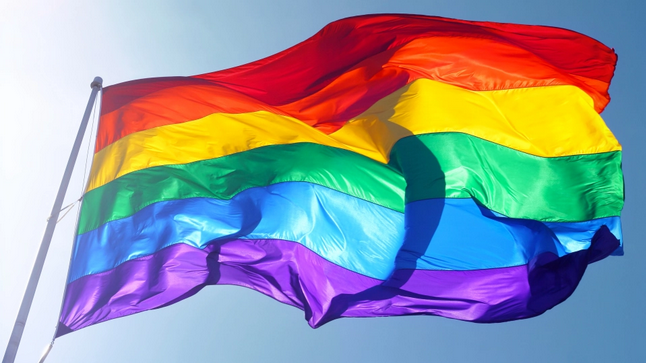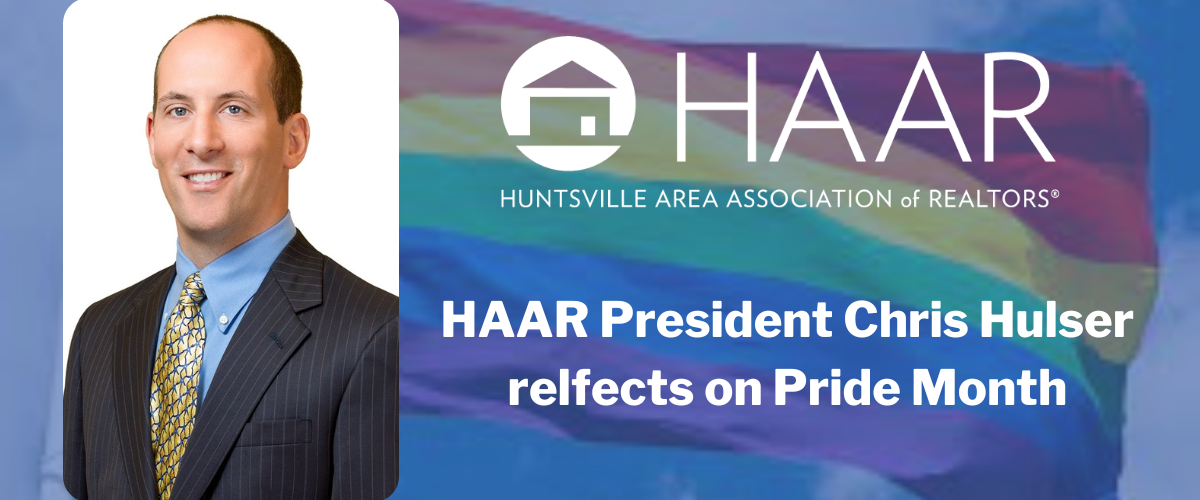June is widely recognized as Pride Month, a time that extends beyond mere celebration for the LGBTQ+ community. It serves as a poignant occasion to reflect upon, honor, and express gratitude to those who fought tirelessly for the rights, dignity, and freedom of this community.
Specifically, LGBTQ+ Pride Month encompasses the entire month of June, commemorating the anniversary of the historic Stonewall Riots that took place on June 28, 1969. During those pivotal events, the patrons of the Stonewall Inn bravely stood their ground in the face of a police raid. At the time, a discriminatory New York rule deemed the mere presence of gay or gender queer individuals as disorderly conduct, effectively preventing LGBTQ+ individuals from congregating due to the constant threat of arrest.
One year following the raid, now known as the Stonewall Uprising, thousands of people from diverse backgrounds took to the streets of Manhattan in what became known as the Christopher Street Liberation Day March. This momentous occasion is widely acknowledged as the first-ever gay pride event.
Originating as a modest observance called Gay Pride Day, which occurred annually on the last Sunday of June, Pride Month gradually evolved as awareness and support grew. Over time, it transformed into a month-long celebration of diversity, equality, and acceptance known as Pride Month.
In 1999, President Bill Clinton officially proclaimed June as Gay and Lesbian Pride Month, encouraging recognition of the achievements of the LGBTQ+ community and fostering support for individuals from all walks of life.

The rainbow flag universally represents LGBTQ+ pride and has become an iconic symbol. It was initially designed by Gilbert Baker, a renowned activist from San Francisco, and was first raised during the 1978 San Francisco Gay Freedom Day Celebration. The rainbow flag symbolizes the inclusivity of all genders, races, and the diverse tapestry of humanity.





